
Take a look at that face and tell me you don’t want to just squeeze it? While in Tasmania, I had a chance to visit this handsome koala at Bonorong Wildlife Sanctuary located in Brighton, a 30 minute drive north of Hobart. Knowing that you’ll get a chance to get up close and personal with this guy and so many other interesting animals makes the drive more than tolerable.

Opened in 1981, don’t make the mistake of thinking that Bonorong is a zoo because it’s not. It’s an animal sanctuary for injured and orphaned wildlife. The current owner, Greg Irons, first visited Bonorong as a 7-year-old and declared then that he was going to own it one day. Greg has worked hard to turn Bonorong into an “innovative and active wildlife sanctuary” that is “focused on giving back to the Tasmanian environment, rather than simply being a showcase.” Bonorong Wildlife Sanctuary is also Tasmania’s only 24-hour wildlife rescue service.
 Bonorong Wildlife Sanctuary is open from 9am-5pm 365 days per year with private night tours also available. After you arrive, you’ll walk through a building where the gift shop is located and down a few steps to take in the view. Tours are offered at 11:30 am and 2pm and offer detailed information about the sanctuary and the orphaned animals that reside there. Although they suggest that you can make your way around in about an hour, if you don’t want to feel rushed, budget more time.
Bonorong Wildlife Sanctuary is open from 9am-5pm 365 days per year with private night tours also available. After you arrive, you’ll walk through a building where the gift shop is located and down a few steps to take in the view. Tours are offered at 11:30 am and 2pm and offer detailed information about the sanctuary and the orphaned animals that reside there. Although they suggest that you can make your way around in about an hour, if you don’t want to feel rushed, budget more time.
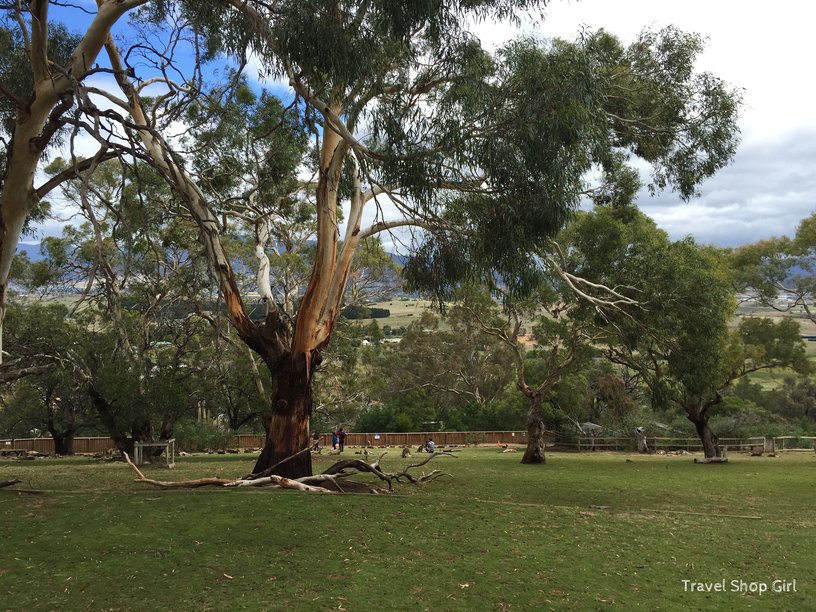 Before running wildly down the hill, stop for a second and take in the view. Plus — as a word of warning, the kangaroos are not terribly selective about where they go. Both “go” as in where they wander about and “go” as in where they well, defecate. I’ll have my video of Bonorong up shortly and you’ll hear my reaction to first stepping on the ground here. At the top of the hill looking down you may not notice the sheer numbers of kangaroos walking about freely or lounging about, but once you do you, I promise you’ll be at a loss for words. Seriously!
Before running wildly down the hill, stop for a second and take in the view. Plus — as a word of warning, the kangaroos are not terribly selective about where they go. Both “go” as in where they wander about and “go” as in where they well, defecate. I’ll have my video of Bonorong up shortly and you’ll hear my reaction to first stepping on the ground here. At the top of the hill looking down you may not notice the sheer numbers of kangaroos walking about freely or lounging about, but once you do you, I promise you’ll be at a loss for words. Seriously!
KANGAROOS: I always imagined that kangaroos were soft and cuddly kind of animals. They are, but check out the nails on these guys! These are Eastern Grey Kangaroos or Forester Kangaroos and the males can grow to 145 lbs and 6.6 feet tall! Forester Kangaroos are usually only found in the wild on Maria Island, a mountainous island off the east coast of Tasmania, and in Mt. William National Park, a national park 234km northeast of Hobart.
On Bonorong’s website it says you’ll receive a bag of food for the kangaroos with your entrance fee, but we found buckets/pails of food that you could reach into and grab a handful to feed them. The kangaroos will either be walking around or lying down relaxing, soaking up the sun. Offer your hand with the food and they will gladly take it from you. Their nails will kind of hold or clamp onto yours while eating, but don’t panic as they won’t hurt you.
TSG Tip: Keeping in mind that they are animals and that animals do have animal-like behavior, be sure that everyone in your party is behaving and not provoking any of the animals during your visit. Fortunately, I didn’t see any bad behavior, human or kangaroo, during my visit.
TASMANIAN DEVILS: Not what you expected right? With the coloring of a black bear and the incessant need to run laps like a 5-year-old child, the Tasmanian Devil is a strange looking little animal. This is from in front of their habitat inside Bonorong Wildlife Sanctuary:
Tasmanian Devil – sarcophilus harrisii
The Tasmanian devil is the world’s largest carnivorous marsupial, extinct on the mainland a wholly protected in Tasmania. Their fur is black with white marking occurring on the rump and chest. They are not good hunters due to their bad eyesight but are great scavengers, thanks to their strong sense of smell and powerful jaws. Tasmanian devils are called “the great hygenists of the Tasmanian bush.”
Habitat: Coastal heath, open dry and mixed rainforests.
Behavior: Nocturnal; use a bluff manner to establish their dominance towards other devils.
Diet: Any dead animals; will share big carcasses with other devils.
Breeding: Once per year, female giving birth to 20 to 40 young initially but only 4 can reach the pouch and survive. Joeys are independent by 10-11 months.
Lifespan: About 7 years however, since 1996 and the appearance of the Devil Facial Tumour Disease, 80% of the population has been lost. Research about this disease continues.
Devil Facial Tumour Disease (DFTD) has had quite an impact on the species with it being attributed to the decline of the population by as much as 20-50%. DFTD is a transmissible cancer without any cure. Currently, infected animals are removed from the population in an effort to have the remaining devils stay healthy. DFTD causes tumors to grow in and around the mouth, which interferes with the devil’s ability to eat and eventually leads to starvation and death.
KOALAS: What do you know about koalas other than that they are so incredibly cute? I admit that I knew little to nothing other than they eat eucalyptus so here’s some more information from AmazingAustralia.com:
The Koala (Phascolarctos cinereus) is a solidly built arboreal marsupial herbivore native to Australia, contrary to popular misconception it is NOT a koala bear, and in no way even related to any bears, even many Aussies don’t even know this and refer to this animal as a koala bear!
The koala lives in the coastal regions of eastern and southern Australia, from Adelaide to the southern part of Cape York Peninsula, and also on coastal islands like Kangaroo Island and Magnetic Island, but not in Tasmania and Western Australia. They also live further inland in regions with enough moisture to support suitable eucalypt woodlands.
TSG Tip: Did you know that koalas sleep as much as 20 hours per day? Some life! Koalas can grow to be as big as 33 inches in height and weigh as much as 33 pounds, despite eating all that eucalyptus. Males will grow to be about 50% larger than females while overall brain size is one of the smallest in proportion to body weight of any animal. The female koala will give birth to her baby only about 35 days after conceiving. The baby, called joeys, are hairless, blind, and born without ears so they can’t hear. The females don’t always reproduce and there are now cases of chlamydia present, which can leave the koalas sterile.
EMUS: After leaving the main area where the majority of the kangaroos are, we walked to some of the other animal enclosures. To the right I noticed an area to one side where a few of the kangaroos were and near them were a few emus. While the smaller King Island sub-species of emus became extinct after the European settlement of Australia in 1788, the mainland emu is still found in areas of Australia. Shhh… don’t tell them that they are farmed for their meat, oil, and leather. Don’t worry emus! I’m still a vegetarian and won’t touch you, I promise!
OTHER ANIMALS: There are many other animals at Bonorong, including the Cape Barren Goose, the rose breasted cockatoo, the cute and fluffy kookaburra (see picture above), sugar gliders, echidnas, wallabies, and even wombats! The wombat above was hiding out in his wombat house, of course.
TSG Tip: Bet you didn’t know that Tasmania is home to among other animals, four marsupial species that can’t be found anywhere else in the world but Tasmania!

WOMBATS: Who’s my little friend with the slow metabolism? Why that’s a wombat! Wombats are burrowers and you can think of them as the marsupial ecological equivalent of a bear. An herbivore that eats mostly grasses, sedges, herbs, bark, and roots, its digestive system takes anywhere from 8-14 days to digest food. A wombat can grow to about 3 1/4 feet in length and can weigh between 44 and 77 pounds. These slow moving creatures are the prey of both dingos and Tasmanian Devils.All species of wombats are protected in every state in Australia except for Victoria and is considered an endangered species. Wombats should be aware that should they decide to travel to Victoria that they’re considered a pest by the Department of Environment and Primary Industries.TSG Tip: Did you know that the unofficial mascot of the 2000 Sydney Olympics was “Fatso the Fat-Arsed Wombat“?
The best part about Bonorong Wildlife Sanctuary is that you’re not looking at animals behind glass or bars like at a zoo. Your visit to Bonorong will get you close enough to touch the animals and to interact with them while learning about them from the volunteer keepers and guides. It’s great for all ages from the little kids to grandparents. Most importantly, bring your sense of adventure and be open to learning all you can about wildlife conservation, rescue, and rehabilitation. Don’t forget your camera and prepare to get up and personal with a kangaroo and any one of the many other animals at Bonorong the next time you’re in Tasmania.
Bonorong Wildlife Sanctuary
593 Briggs Road, Brighton, Tasmania 7030
Website: http://bonorong.com.au
Email: info@bonorong.com.au
Phone: 03 6268 1184
Admission: $25 for adults, $11 for children 4-15, Free for children 3 and under.
Families (2 adults, 2 children): $65
*While GrayLine Australia provided me with a complimentary Hobart’s Premier Tour (787) that included admission to Bonorong Wildlife Sanctuary, all opinions and photographs are my own.*




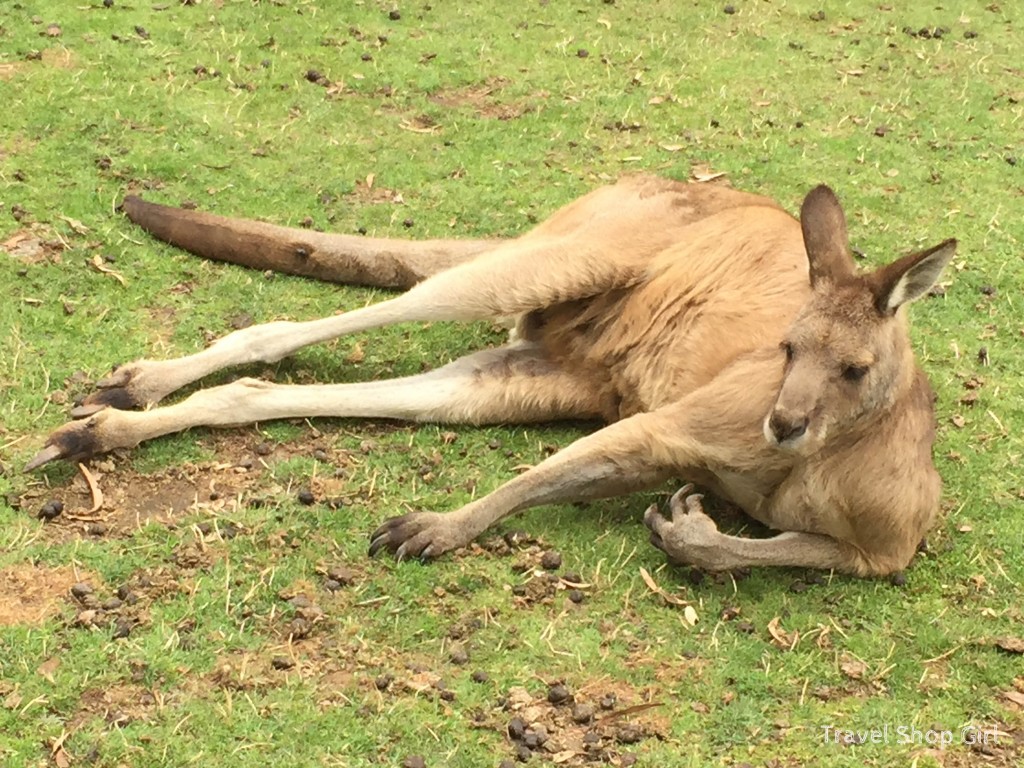
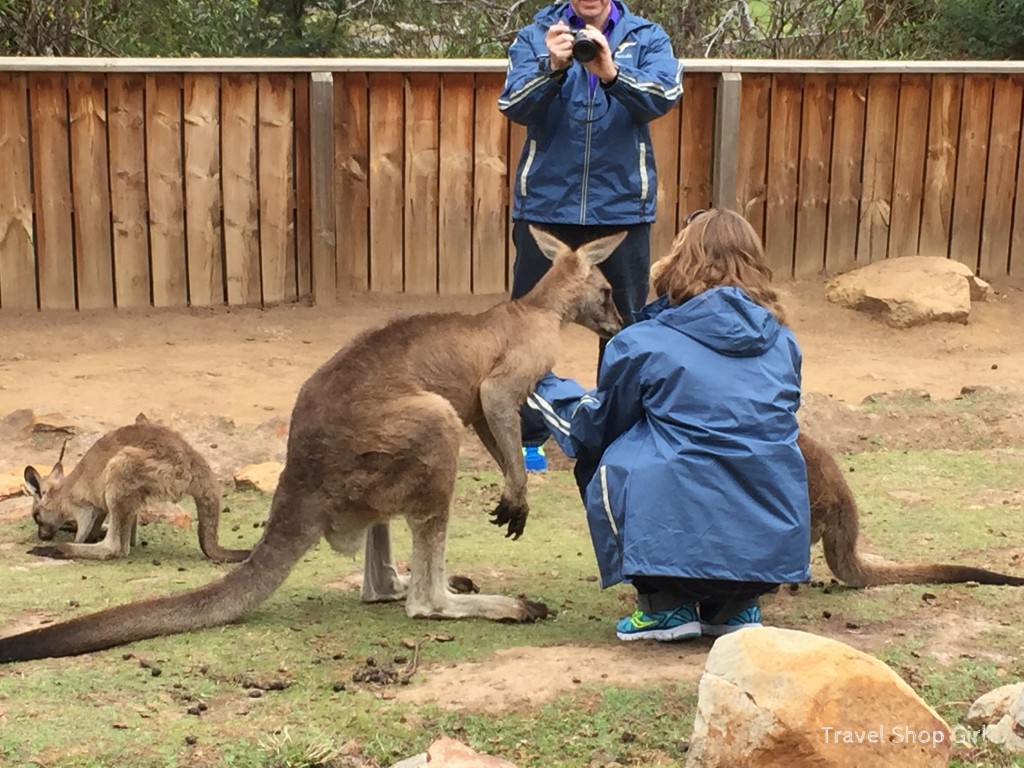
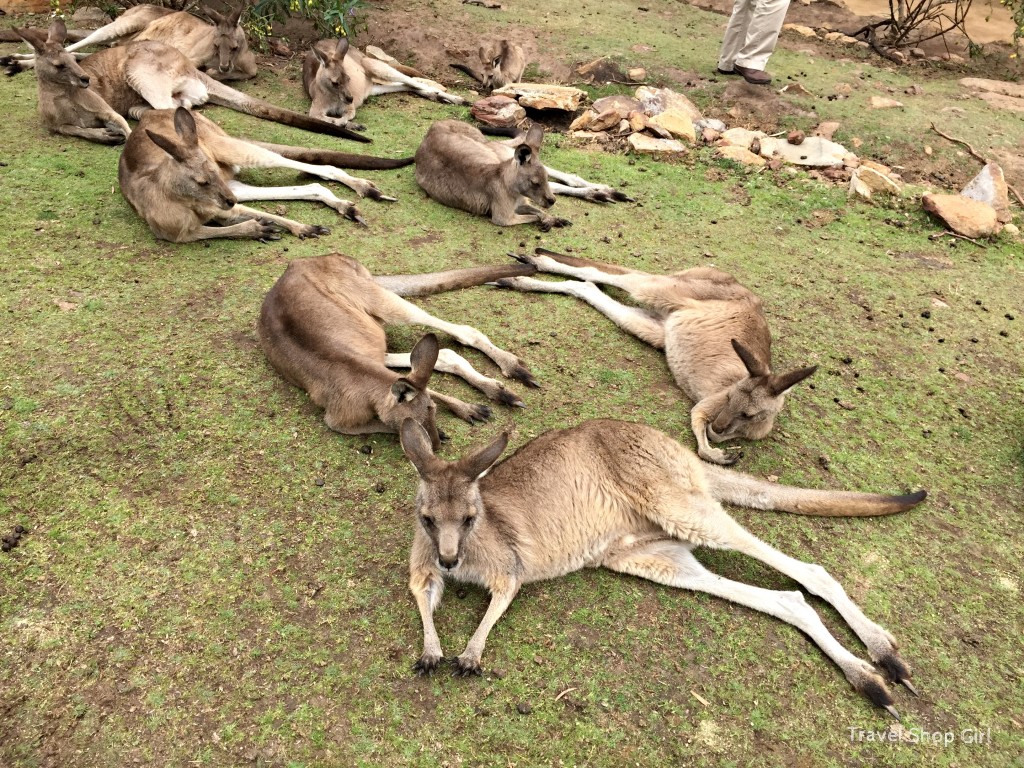
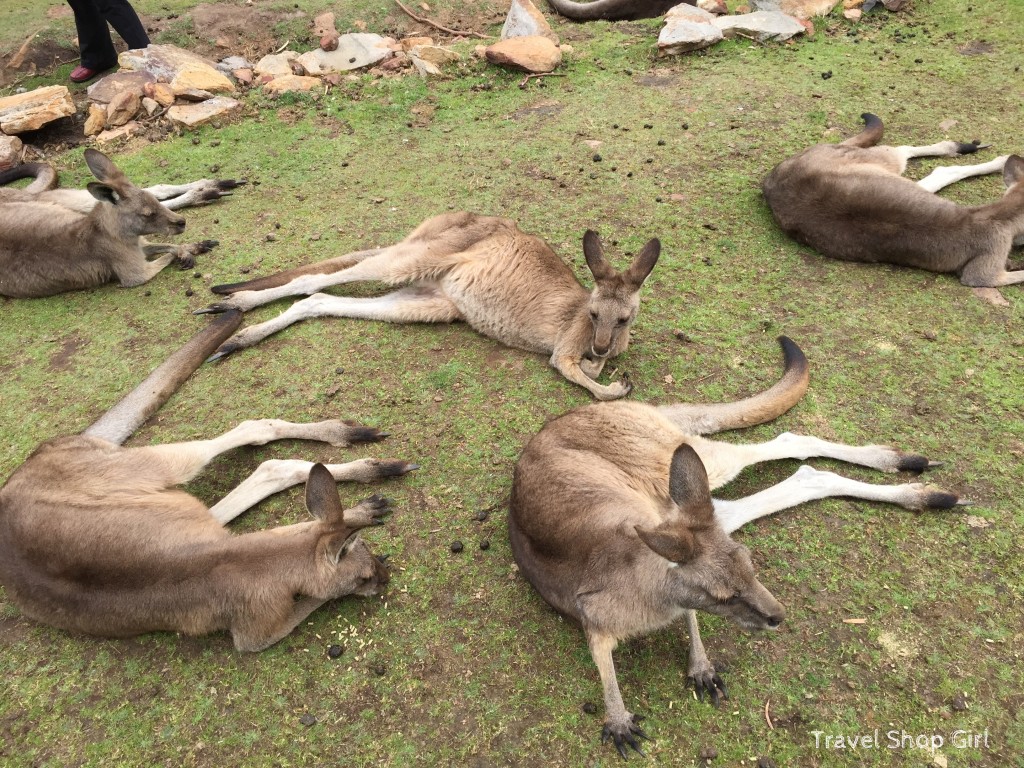
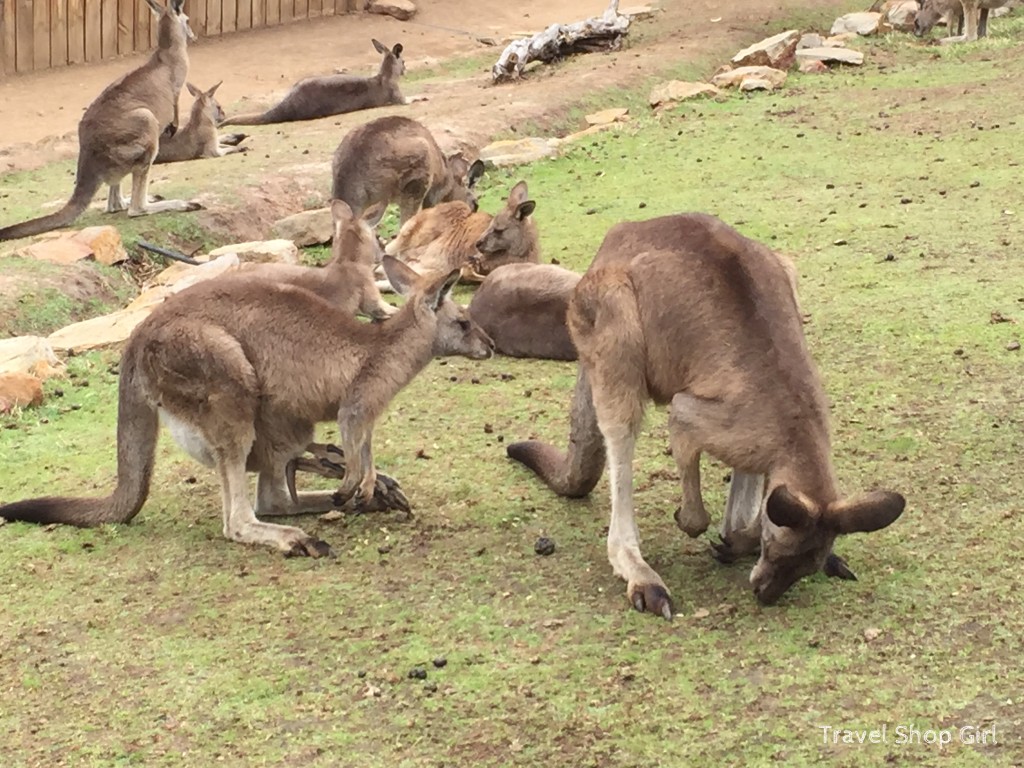
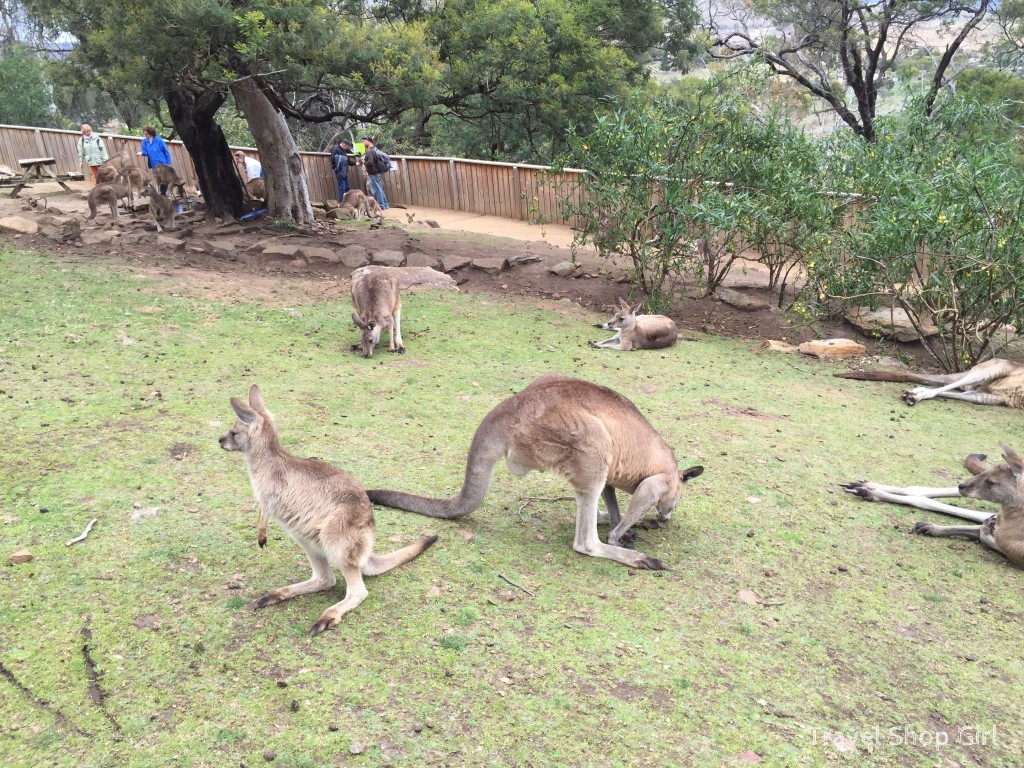
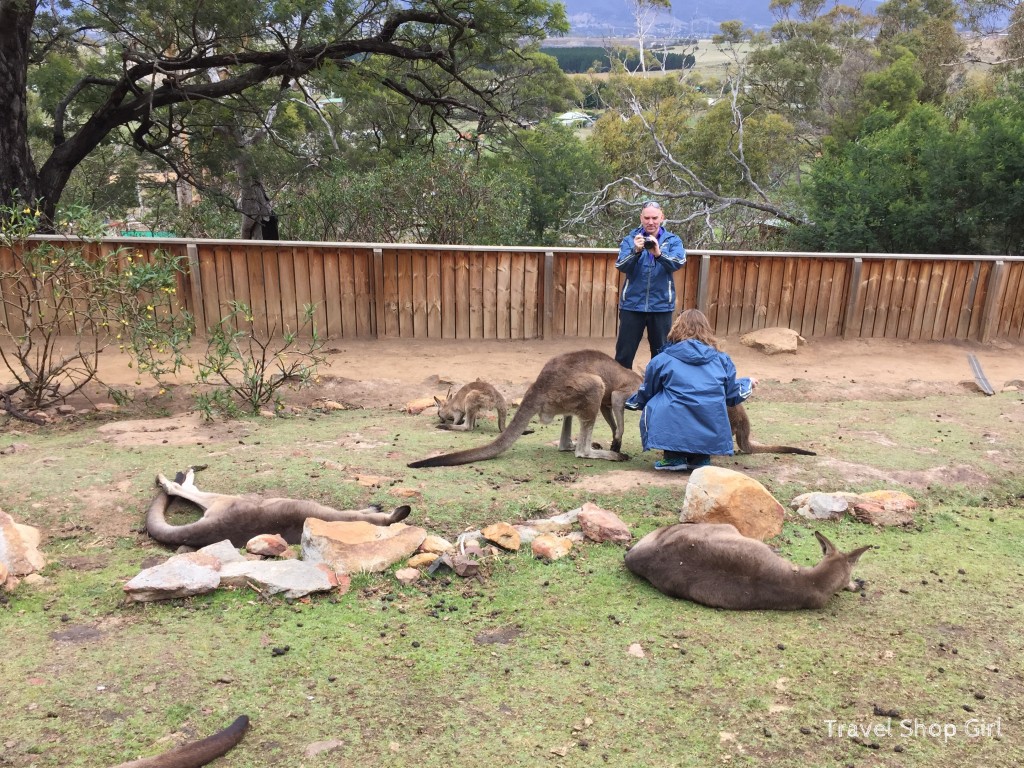
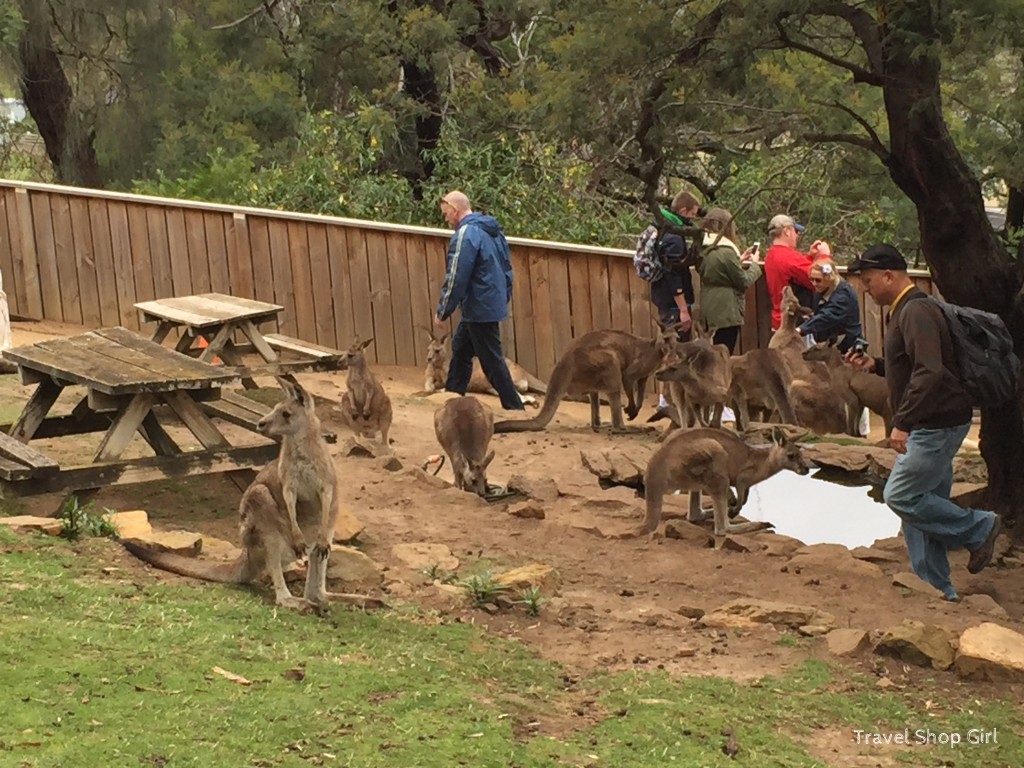
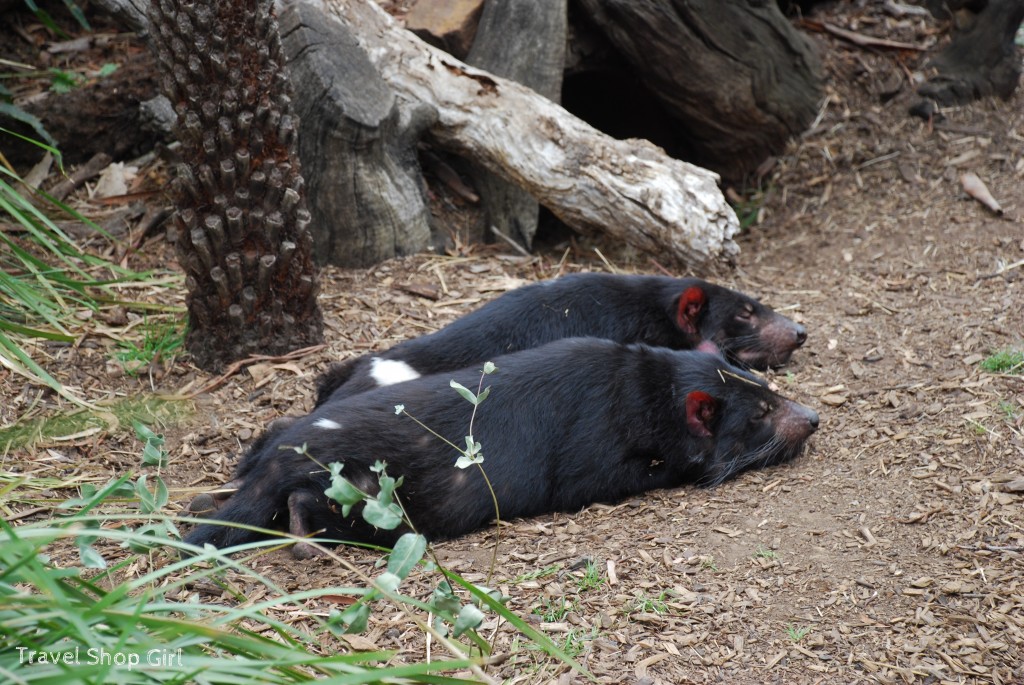
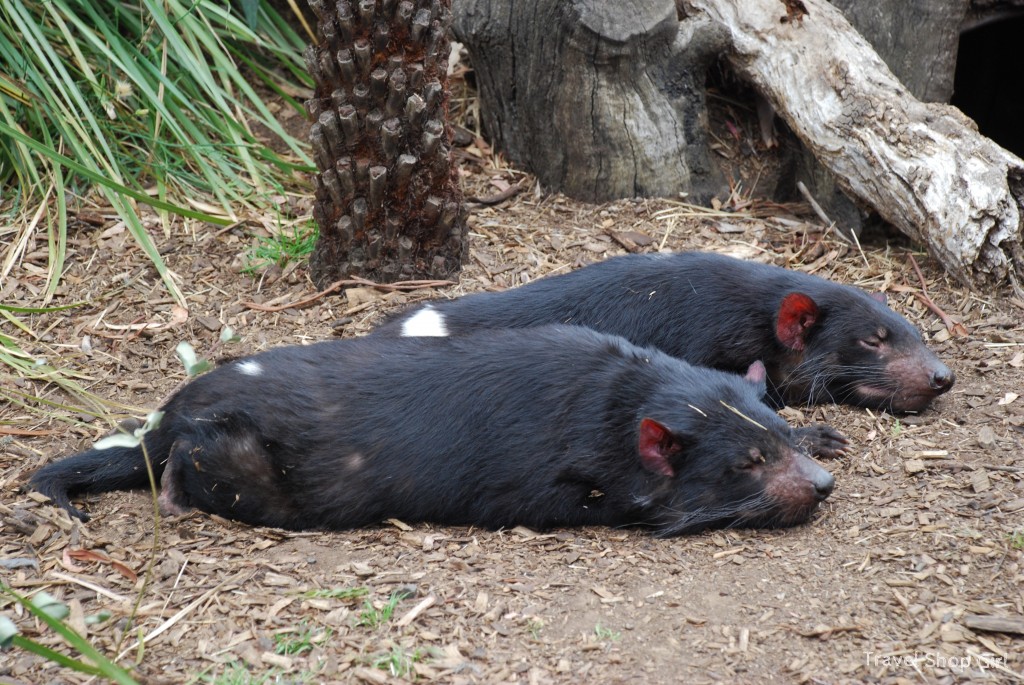
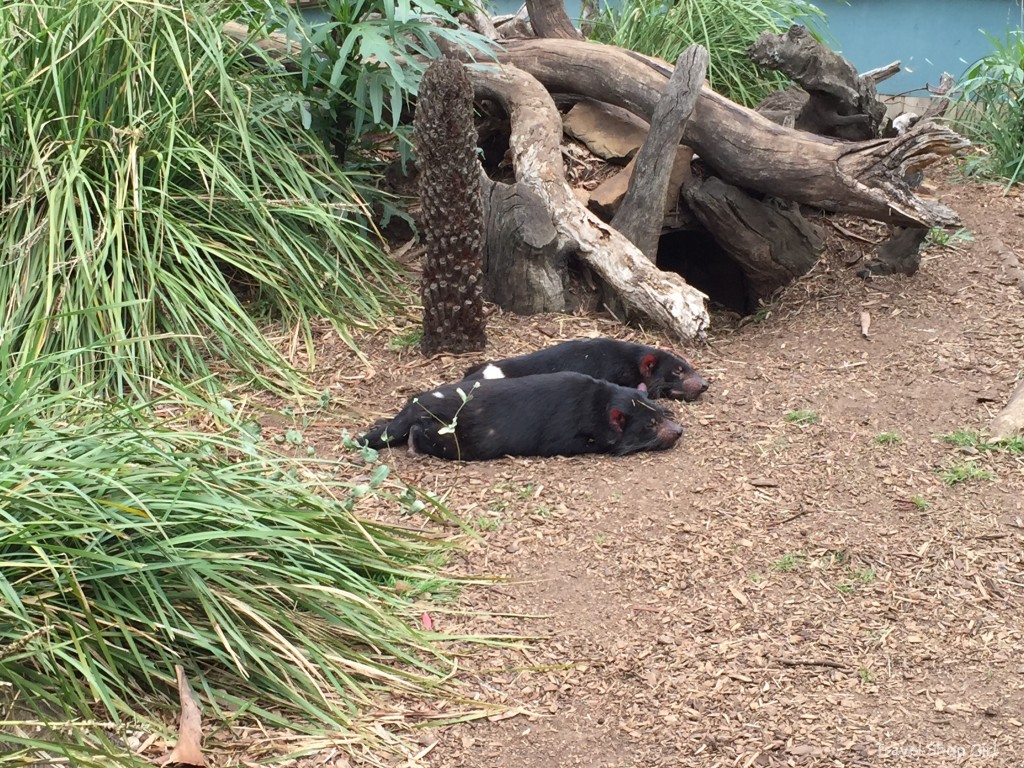
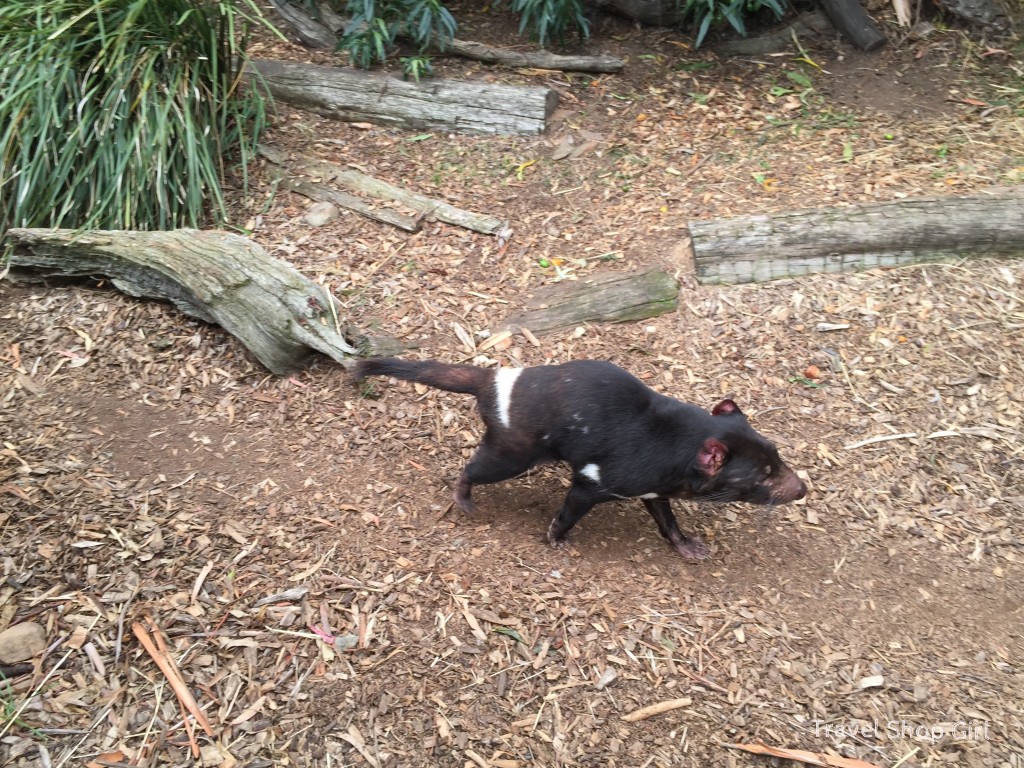
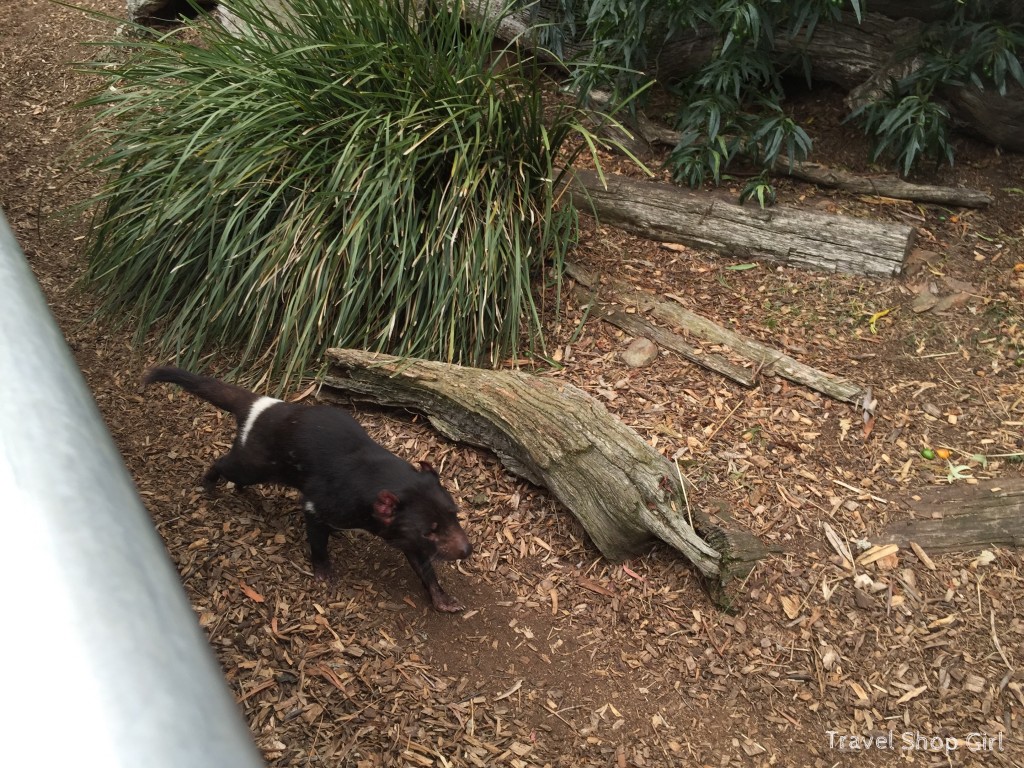
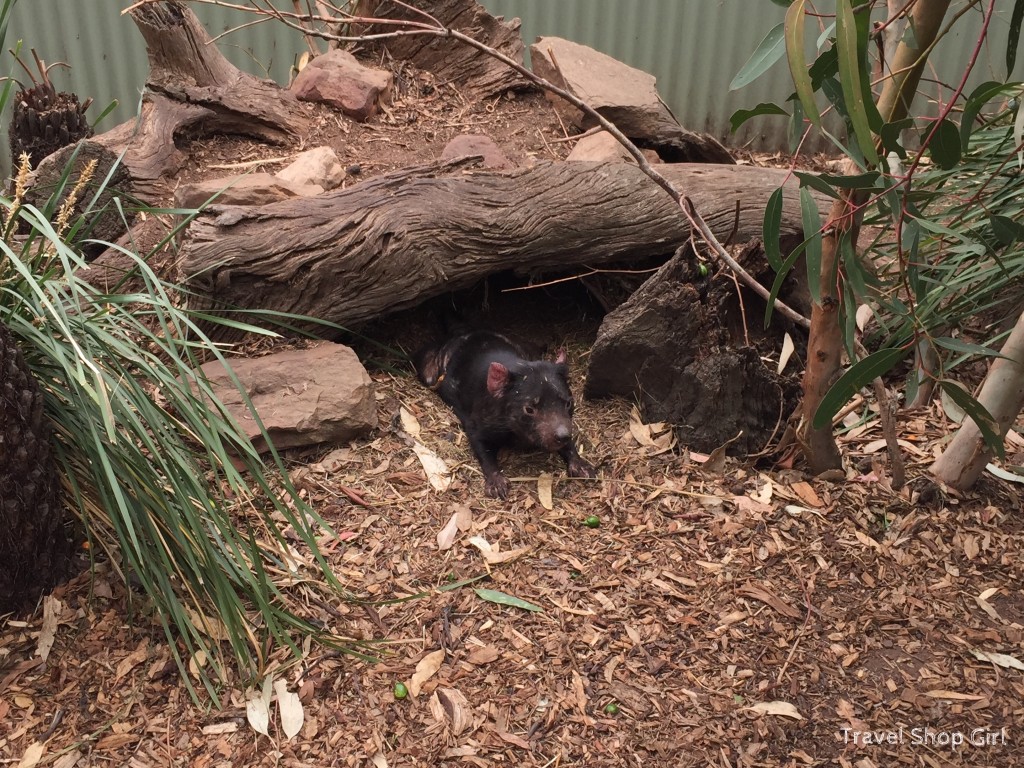
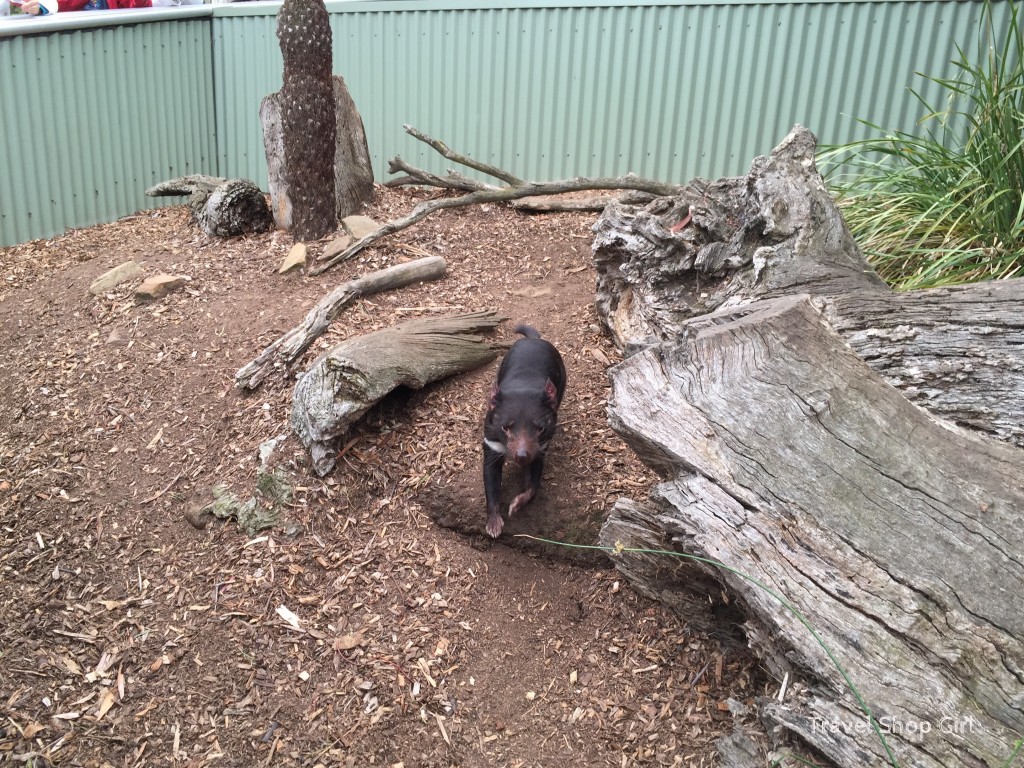
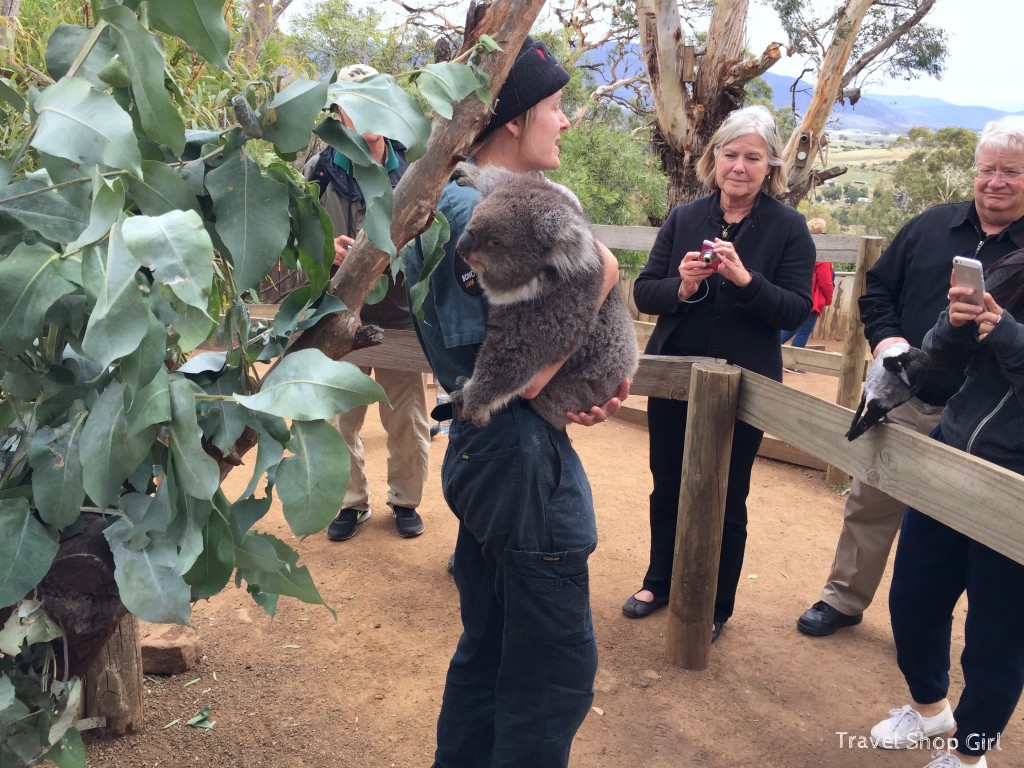
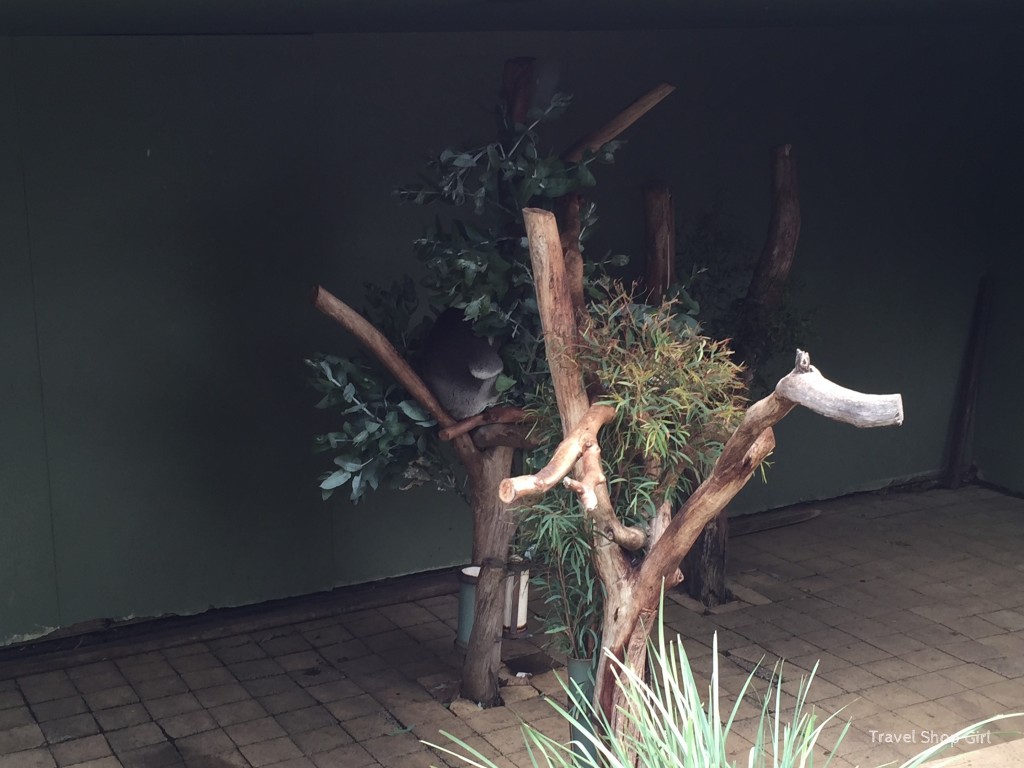
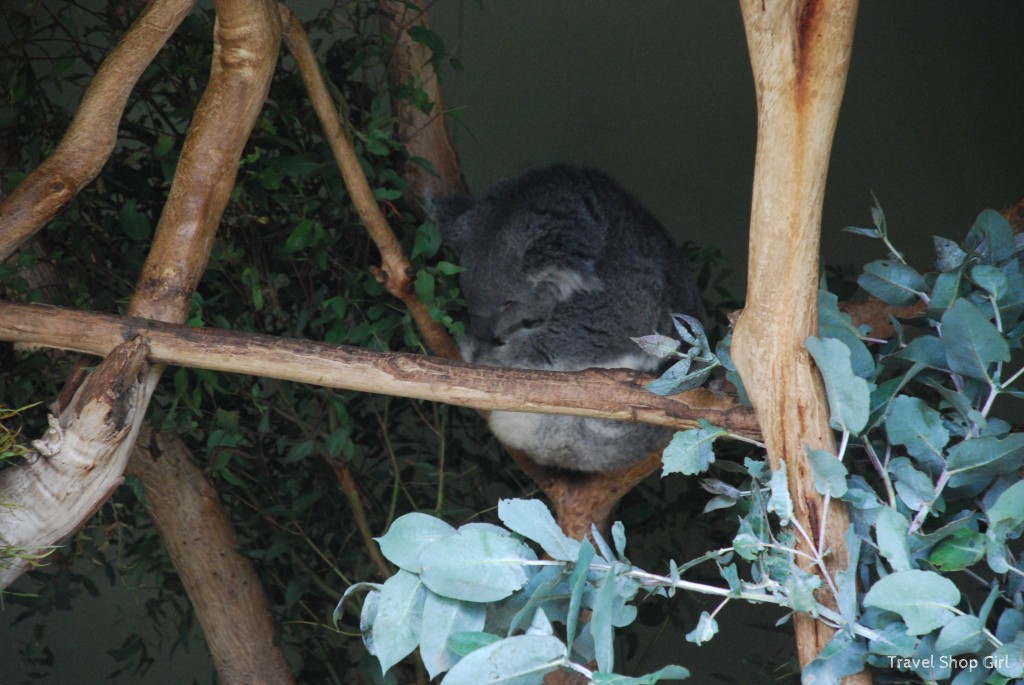
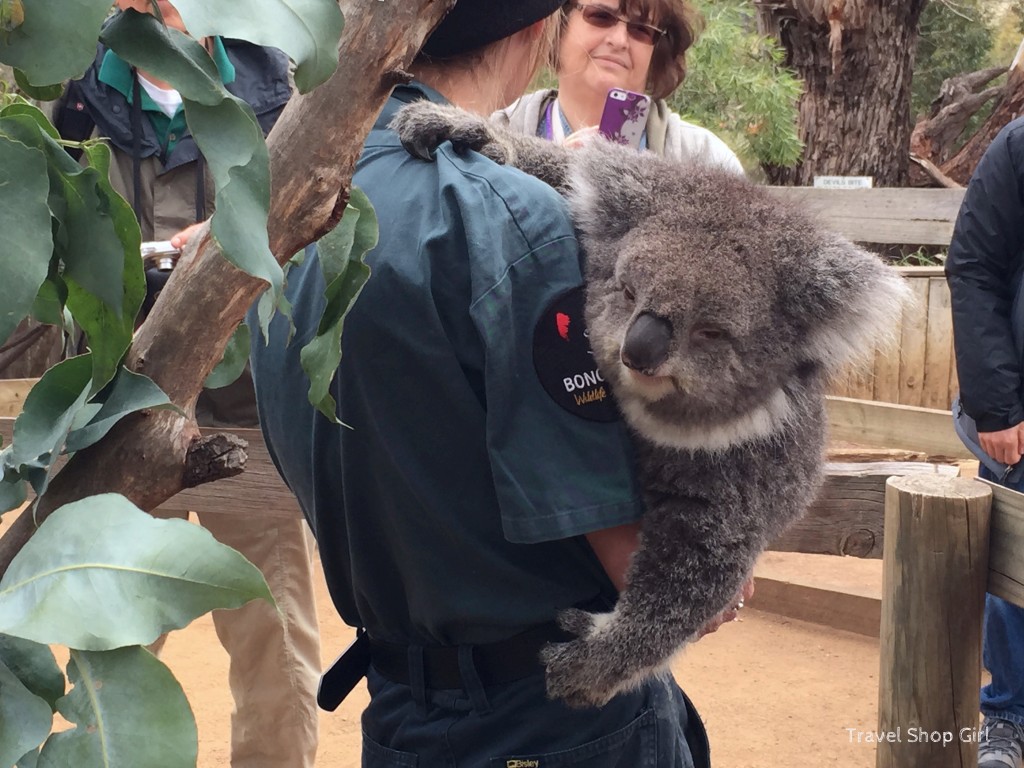
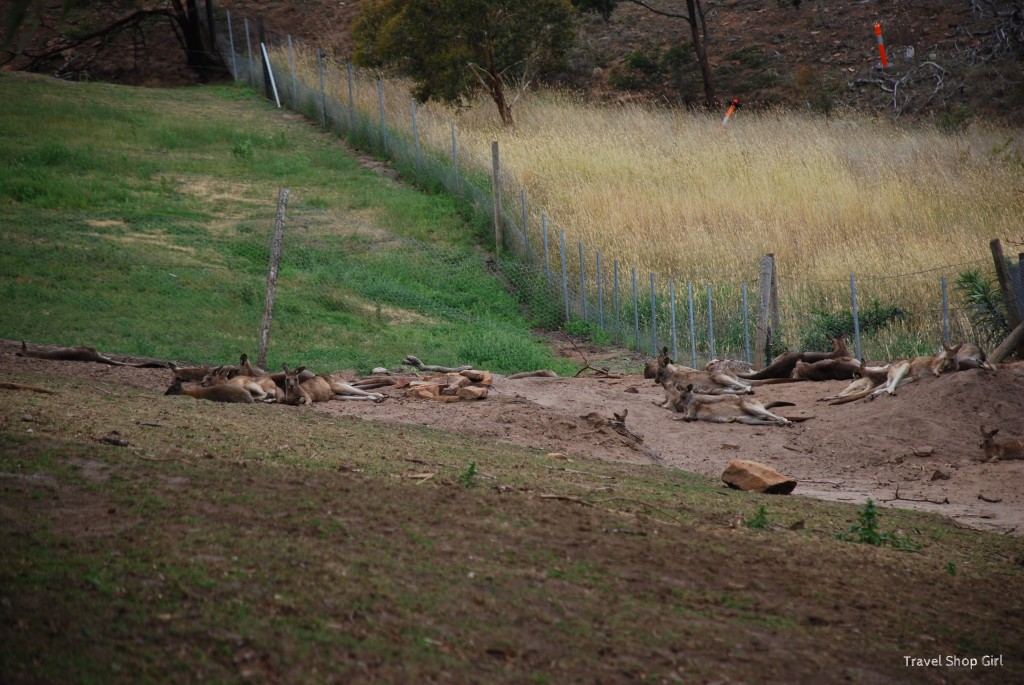
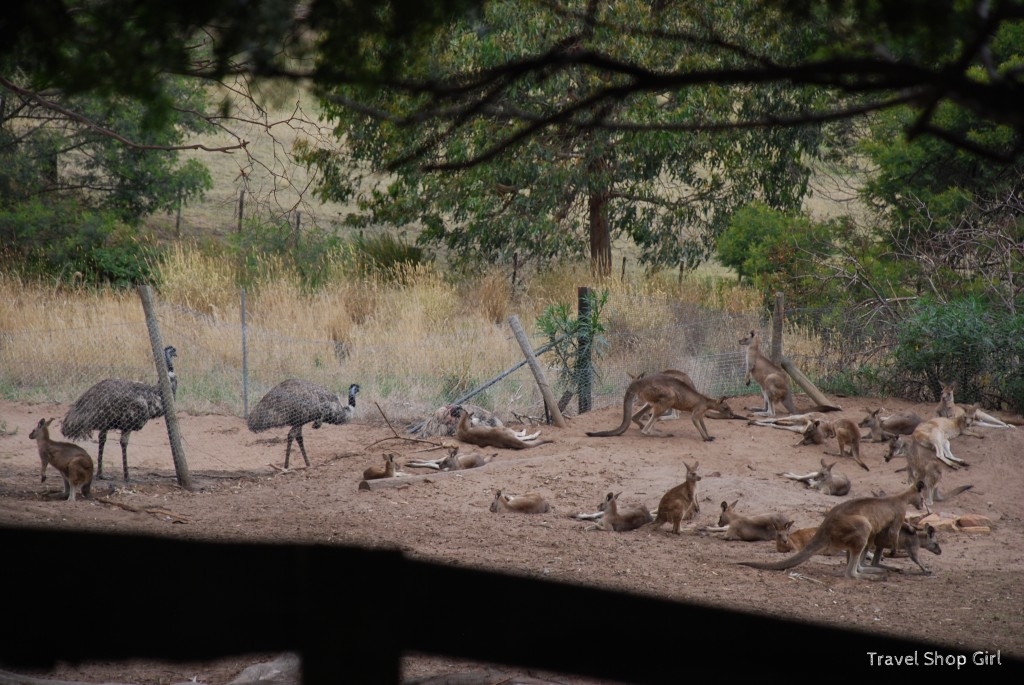
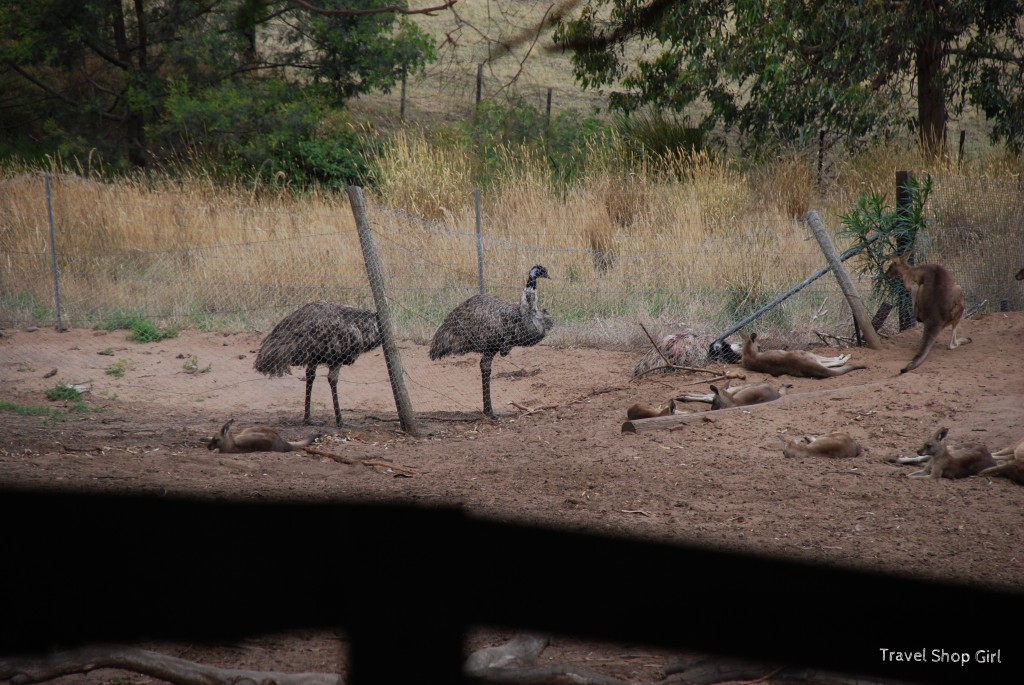
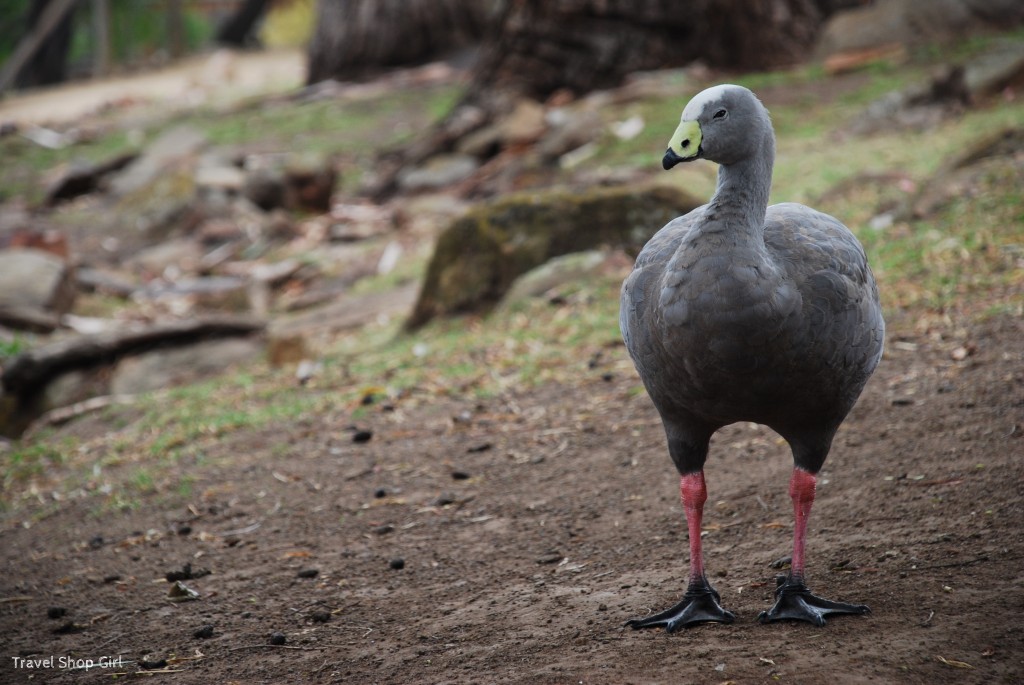
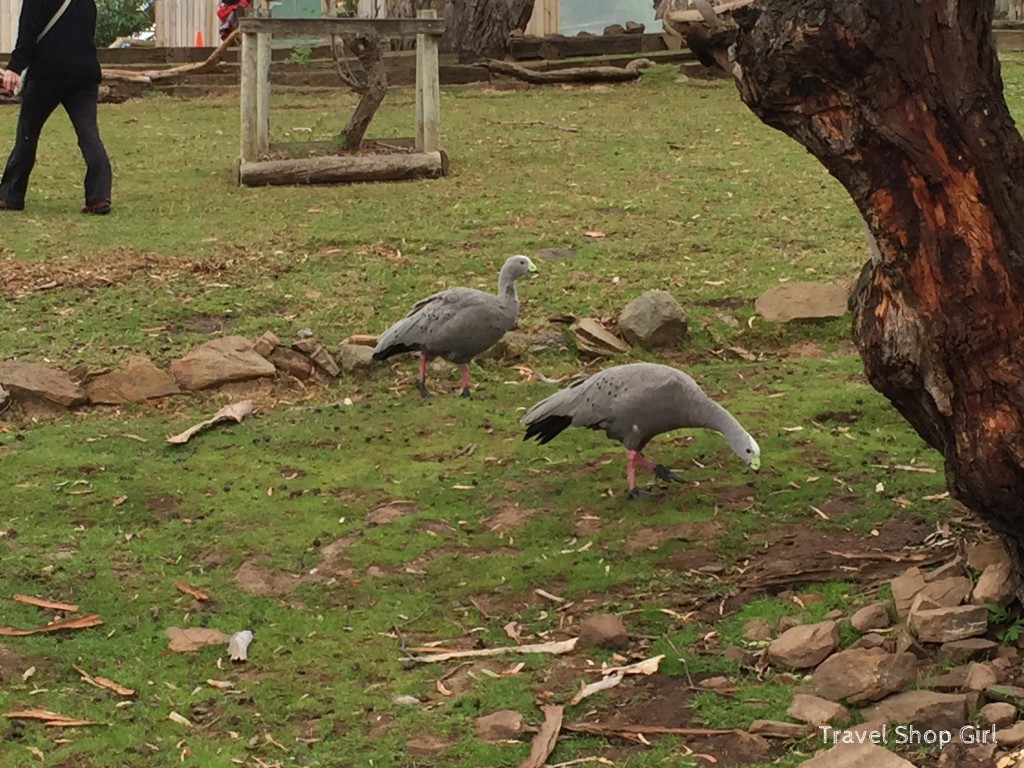
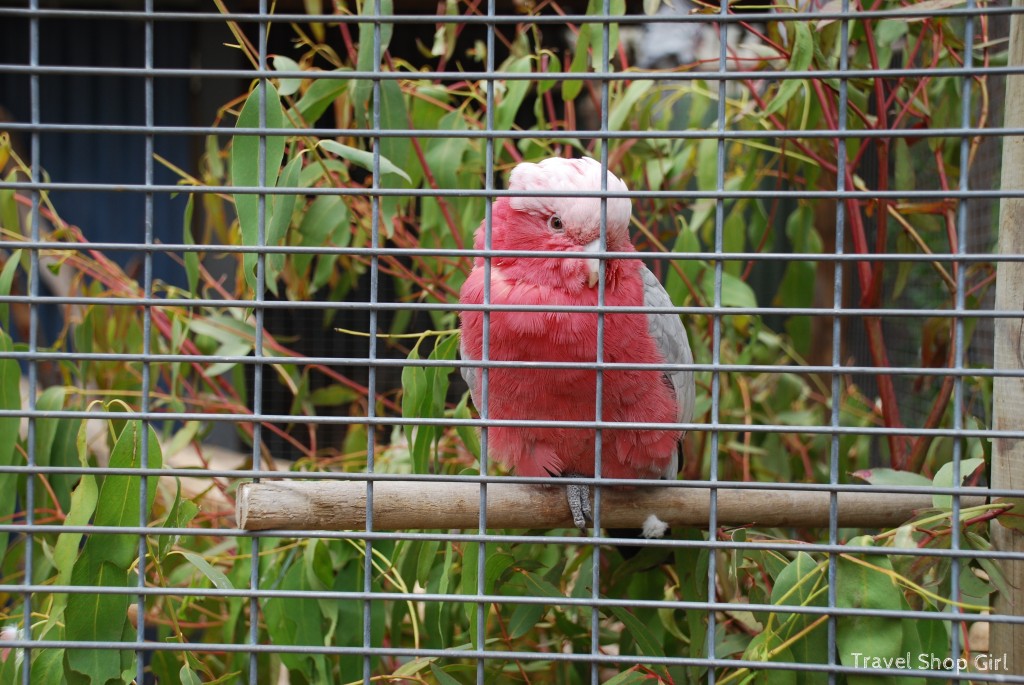
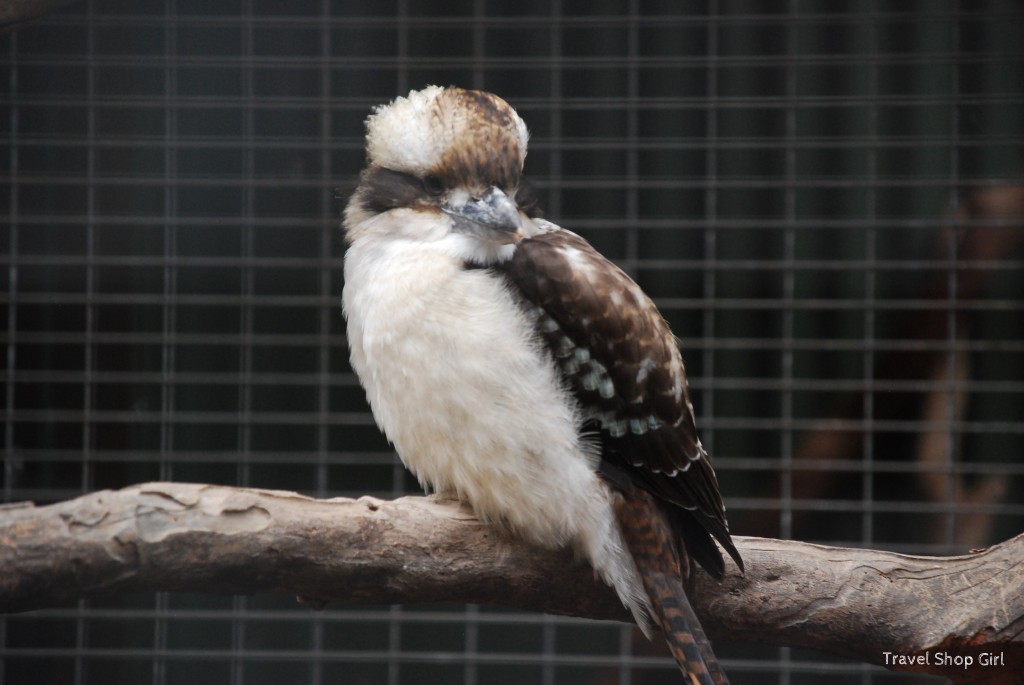
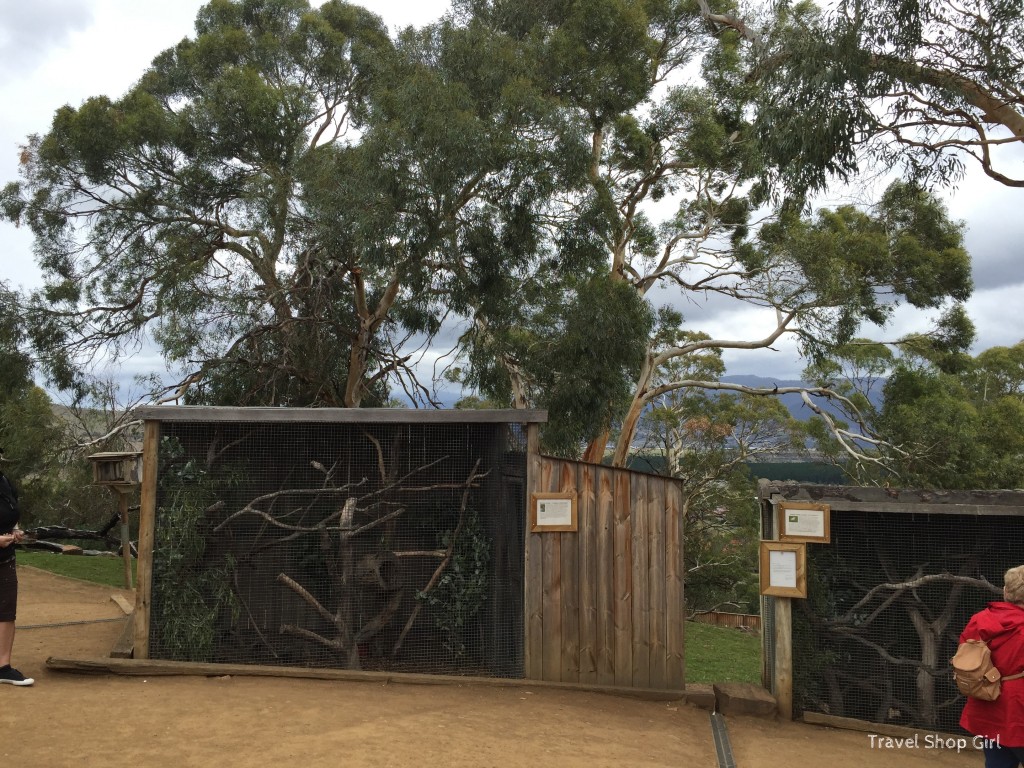
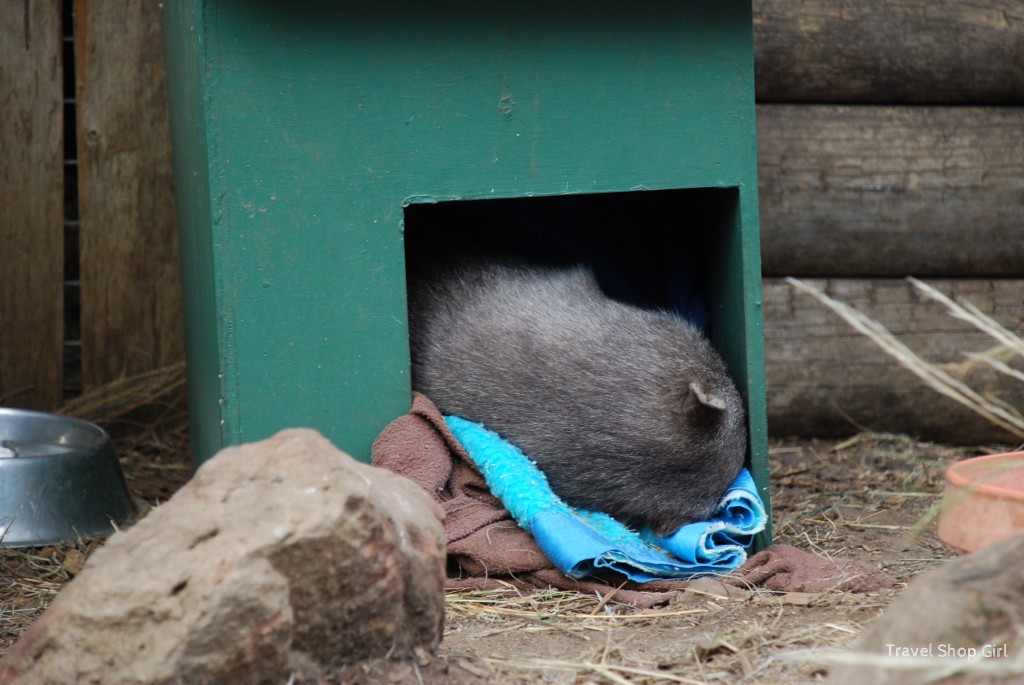
One thought on “Kangaroos and Koalas at Bonorong Wildlife Sanctuary”
Comments are closed.